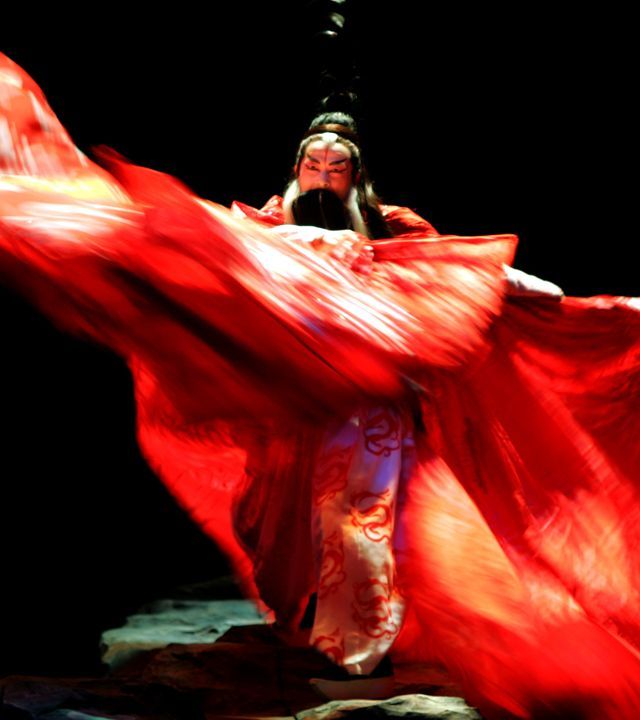Wu Hsing-kuo's Artistic Statement
The emotions before the premiere are like the final monologue of the magician Prospero in The Tempest. At this moment, I have laid down my wand, my spellbook, and my robe; everything that can be said is now on the stage.
Contemporary Taiwan's Most Urgent Concern: This is my first work created for Taiwan, this island in the ocean. In recent years, the mutual exclusion, oppression, and division between different ethnic groups have become Taiwan's historical trauma. Traditional values and cultural heritage have been gradually destroyed and neglected. The tempest created in the work is a prayer for peace and tranquility after a cleansing of the soul. The concern for indigenous peoples and nature should be one of the most urgent global issues of our time.
Capturing the Infinite Imagination and Ultimate Beauty of Literature: Shakespeare's texts move the heart, and their grandeur is overwhelming. The overflowing poetry and stage aesthetics resonate with one another. This will be a free-spirited journey of imagination and creativity, as well as a reappearance of traditional culture in the brilliance of the future.
Singing, dancing, and performing with a force that resonates in the universe’s spirit—beauty in abundance, colorful and varied—this is the style of a legendary drama. The Eastern poetic essence spirals within the infinite space of contemporary music, evoking both ancient thoughts and eternal meanings.
Giving Birth to a World Theater: After nearly forty years in my personal performing career, the road of art has been a difficult one, oscillating between tradition and modernity. I simply want to know how many directions tradition can take and how much it can develop. On this lonely path, I have been fortunate to encounter three great masters of world theater: anthropological theater master Eugenio Barba, the artistic director of the French Soleil Theatre Company, Ariane Mnouchkine, and environmental theater master Richard Schechner. They have been a great encouragement to me and to contemporary legendary theater. Their unwavering dedication to the ideals of theater has deeply moved me. Their explorations of cross-disciplinary, cross-cultural, and cross-temporal drama have illuminated the theater stage of the new century. The contemporary version of The Tempest declares that there is no longer any hesitation between tradition and modernity. From now on, it is officially named—“World Theater.”
Heading West, Returning East: Eighteen years ago, together with Wei Haimin, Ma Baoshan, Wang Guanchang, and others, we initiated the first Peking opera revolution, advocating for the belief of learning from the West, constantly challenging the strict conventions of traditional opera. However, since 2001’s King Lear Here, an inexplicable homesickness arose, leading me to return to the techniques I learned in my childhood. The Tempest features many newcomers, teaching them every word, every phrase of the aria, every movement of the performance, fearful that this tradition might be lost in our generation.
In the end, I headed West, made a circle, and returned to the East.
Advice from Kōfu Nakane: Our long-time artistic advisor, Professor Kōfu Nakane, a renowned Japanese theater scholar and producer of the Ninagawa Theatre Company, has been a great help to us. Upon learning that I was about to create The Tempest, he offered the following words of wisdom:
- "Complete a 'trend' with a group."
- "Be concise, refined, and condensed in a choice of thought and the dangerous edge of that choice."
- "Every piece of art, every small thing, has its meaning."
- "Comedy and tragedy, tradition and modernity, often hold hands in both left and right."

